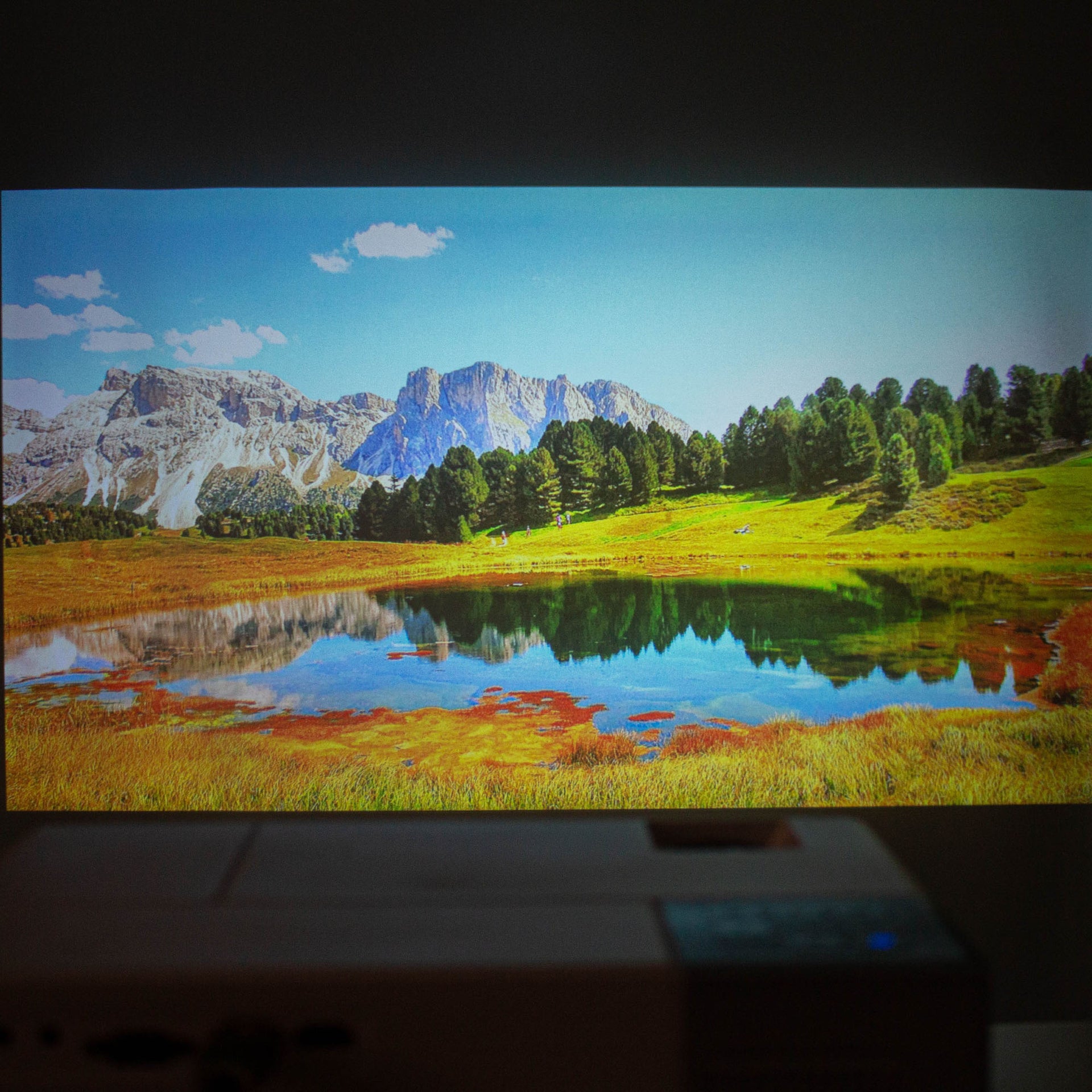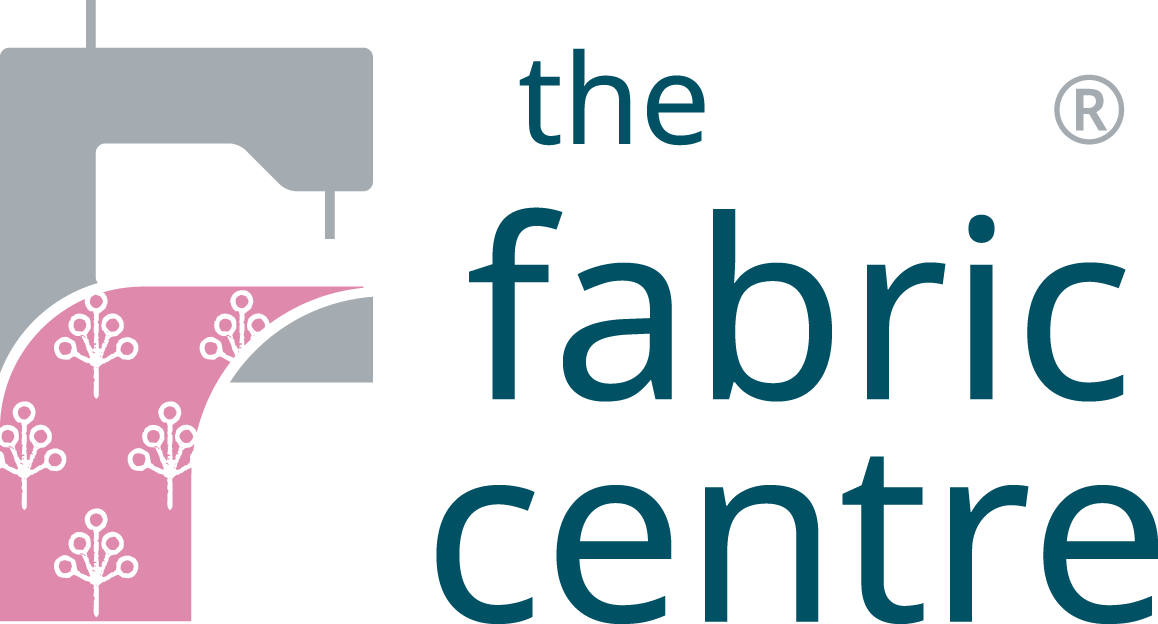
What is Aspect Ratio ?
Understanding Aspect Ratio will help you choose the right projector screen size for your needs. Aspect ratio is the proportional relationship between the width and height of an image or display. It is expressed as a ratio, representing the shape and dimensions of the screen surface. When it comes to projector screens, understanding aspect ratio is important for achieving an optimal viewing experience.
There are 2 main Aspect Ratios
16:9 – The Widescreen Standard
16:9 Aspect Ratio has become the standard for modern televisions, monitors, smartphones and home cinema screens. With 16 units of width for every 9 units of height, it is designed to accommodate high-definition content such as HDTV, YouTube and gaming. If you have a 16:9 projector, choosing a screen with the same aspect ratio ensures your content is accurately displayed without distortion.
4:3 – The Traditional Aspect Ratio
The 4:3 Aspect Ratio was the prevalent standard for older televisions and computer monitors. With 4 units of width for every 3 units of height, it was widely used in the past. While less common today, it may still be relevant for specific applications, such as presentations or displaying older video content.
2 other Aspect Ratios are worth noting
1:1 – Squared screen offers a square format, 1 unit of width for every 1 unit of height, is still used by commercial, research and educational institutions.
2:35:1 – Cinemascope is the screen size used for movies and gives the dramatic cinematic effect. 2.35 units wide for every 1 unit of height. For film buffs this is an option worth considering.
Formatting your projector’s aspect ratio with a matching format of your projection screen is important. 16:9 is by far the most popular and perfect for watching TV and video’s but 4:3 and 1:1 are popular for commercial needs. If your screen is for movies then 2:35:1 could be the right option for you.
We hope this basic introduction to Aspect Ratio helps.
